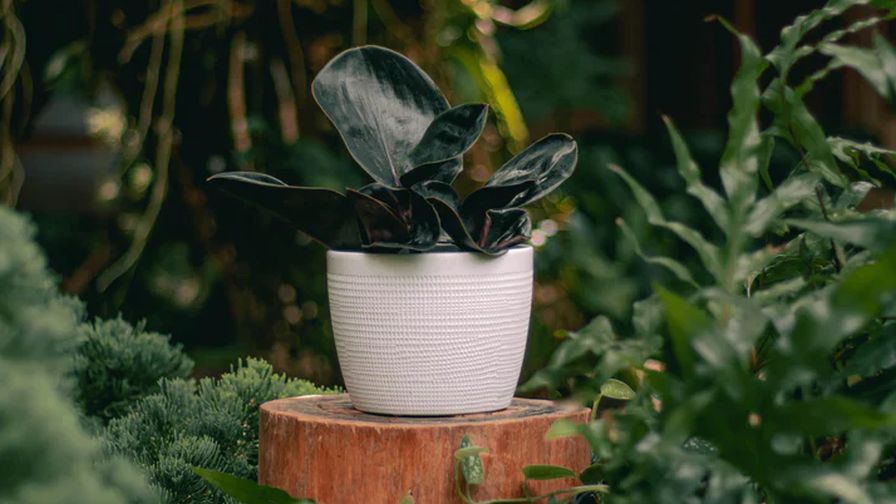Keep It Fresh! There’s More Than One Way To Grow Vegetables Under Cover
Growing vegetables under cover comes in a many forms. On the controlled-environment side, production ranges from containers to tractor farming to hydroponics. There’s just as much variety in structures with no automated systems, including low tunnels.
We spoke with Ryan Voiland, owner, Red Fire Farm. He’s typical of open-field growers who have protected agriculture divisions. He grows diverse vegetable crops in a variety of structures for different reasons.
Farm Extends Its Season
Montague, MA-based Red Fire Farm (located about halfway between Boston, MA, and Albany, NY) grows just about every vegetable on the Northeast market on its roughly 200 acres.
It also has a sizeable protected-agriculture division. About 1.25 acres house controlled-environment greenhouses or high tunnels. It has an additional six 250-foot-long caterpillar tunnels.
“We mostly grow some crops under cover in order to extend our season for popular crops. Many crops have a limited season of ripening in the Northeast when grown outside. So we can really expand our season of crop availability by growing some crops earlier and later than is possible outside, and greens in the dead of winter,” Voiland says.
In the winter, the houses switch over to greens. The main crop it grows under cover in the spring and summer is tomatoes, though it devotes some space to cucumbers, peppers, spring greens, bunch carrots, and ginger,’ Voiland says.
“Demand for winter greens is what drives us to consider building more greenhouses or high tunnels, as we can already grow all the early summer produce we can sell in our existing space” Voiland says.
Greenhouse Plants Grow in Soil
Despite have such a large protected-agriculture division, the farm does not grow hydroponically.
“I feel that plants grow better, are more nutritionally rich, and taste better when grown in healthy soil,” he says.
To attain that soil healthy, Voiland uses blood meal, peanut meal, sulfate of potash, greensand, Azomite, and rock phosphate.
“We do annual saturated media soil testing before each tomato crop cycle to help dial in and optimize the nutrient additions,” he says.
To protect his tomato crop from disease, Voiland prefers grafted plants.
Plants starts, naturally, start out in plug trays with a growing media. Voiland uses a peat-based media amended with compost and organic fertilizers.
“We have tried a lot of mixes over the years,” he says, “and have found the Vermont Compost Fort Light mix to be the most consistent and grows the best quality seedlings.”
For more, continue reading at GrowingProduce.com.








